Not to fill a region bounded by a bezier curve and a line.
E.g. here's a very simple stroked Bezier curve
<?xml version="1.0" standalone="no"?>
<svg width="160" height="80" xmlns="http://www.w3.org/2000/svg" version="1.1">
<polyline points="40 60 80 20 120 60" stroke="black" stroke-width="20"
stroke-linecap="butt" fill="none" stroke-linejoin="miter"/>
</svg>Then intuitively we would want to set the stroke attribute value from "black" to something like "./assets/62562367236.jpg". But it doesn't work this way.
<?xml version="1.0" standalone="no"?>
<svg width="160" height="80" xmlns="http://www.w3.org/2000/svg" version="1.1">
<polyline points="40 60 80 20 120 60" stroke="https://media.freestocktextures.com/cache/0d/42/0d42eeb83ad3a56c97468d69721b2c18.jpg" stroke-width="20"
stroke-linecap="butt" fill="none" stroke-linejoin="miter"/>
</svg>Whereas practically what I'd want is something like what's depicted here:
